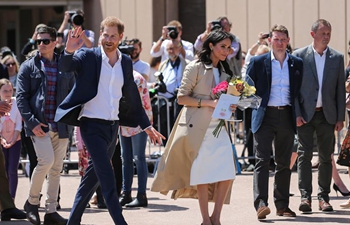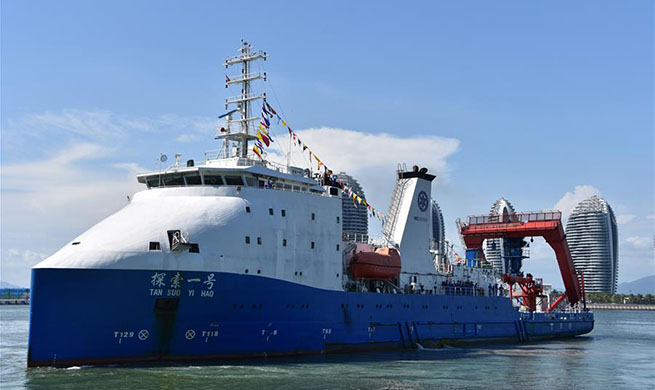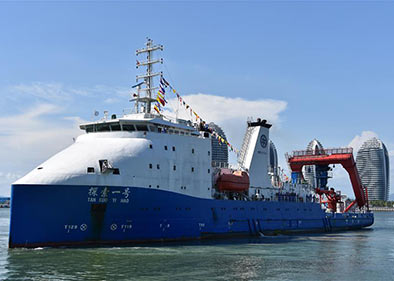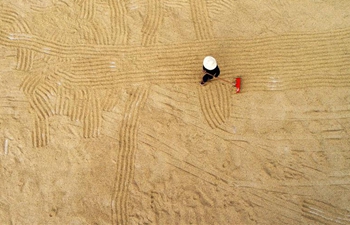SYDNEY, Oct. 17 (Xinhua) -- Australia's major city Sydney looks set to transition from a metropolis with sprawling suburbs radiating from a central district to a polycentric one marked by several subcenters, fueled by the need for social cohesion and other changing urban priorities, according to latest Australian-led research.
"The model showed that social cohesion is often more important to Sydney residents than transportation costs, and that changes in social attitudes can bring about more abrupt shifts in urban structure, than changes in travel budget," Professor Mikhail Prokopenko from the University of Sydney said in a statement about its research on Wednesday.
When deciding where to settle in the New South Wales state capital, people considered the importance of living in attractive suburbs as well as the cost of commuting to work, while transit times were less influential despite lengthy commutes being a common complaint of city-dwellers in recent years, according to the university.
The availability of services, population size and incomes offset by rent make up the main attraction of residential suburban areas, it said. The findings were published in the Royal Society Open Science scientific journal.
Prokopenko highlighted recent plans to transform the Greater Sydney site into a "tripartite metropolitan area" - a western parkland city, a central river city around the Parramatta region and an eastern harbor city - with the latest study showing that the move to such an urban structure "is likely to be volatile and needs to be approached carefully."
"Nevertheless, urban planners informed by quantitative models may succeed in steering this transformation and exploiting the resultant gain in efficiency," he said.












